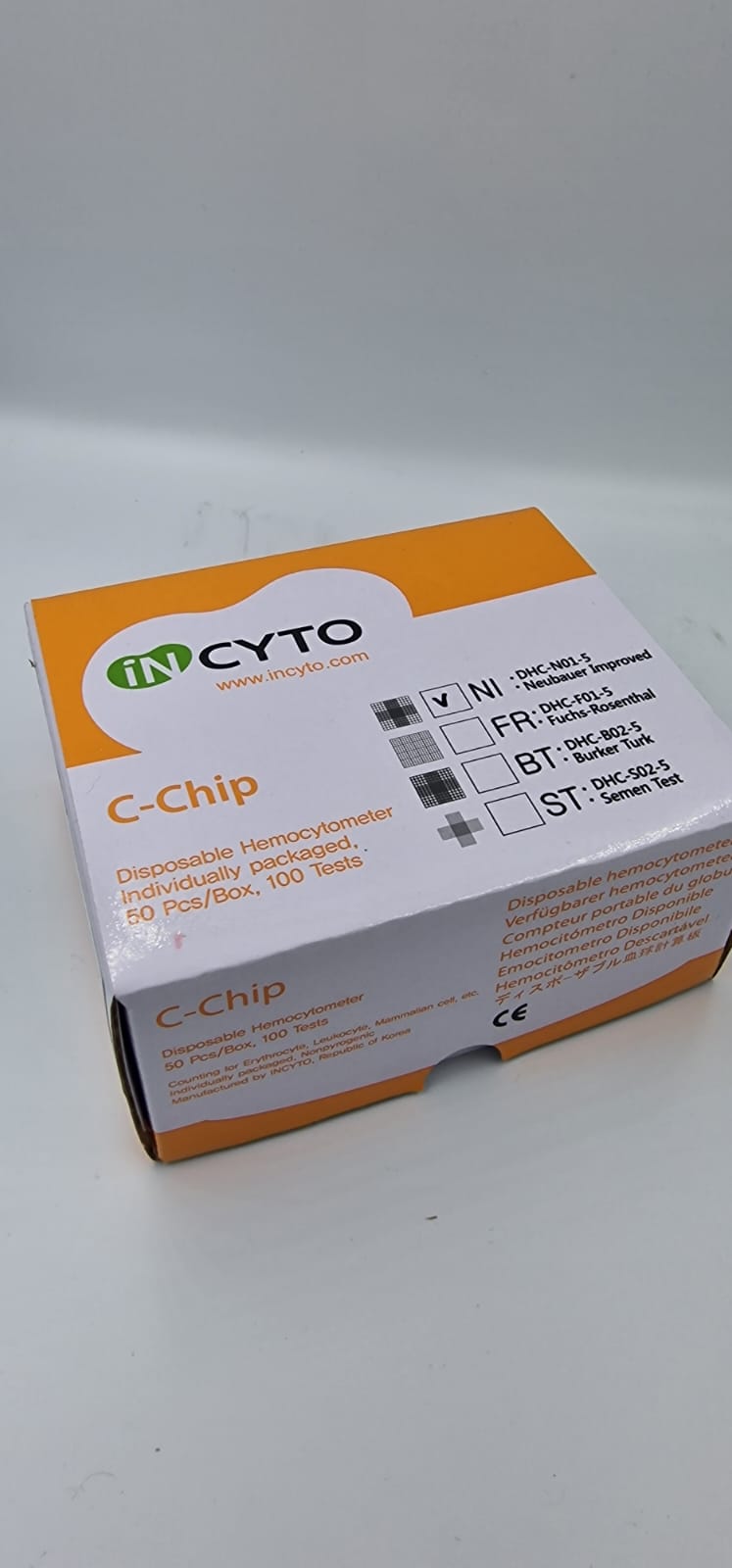Unleash your CAR-T cell production without custom services, we can manufacture CAR-T cells at scales of 1 x 10^9 cells or more with our large-scale WAVE and G-Rex bioreactors. We follow up T cell expansion with CAR expression
growth potential
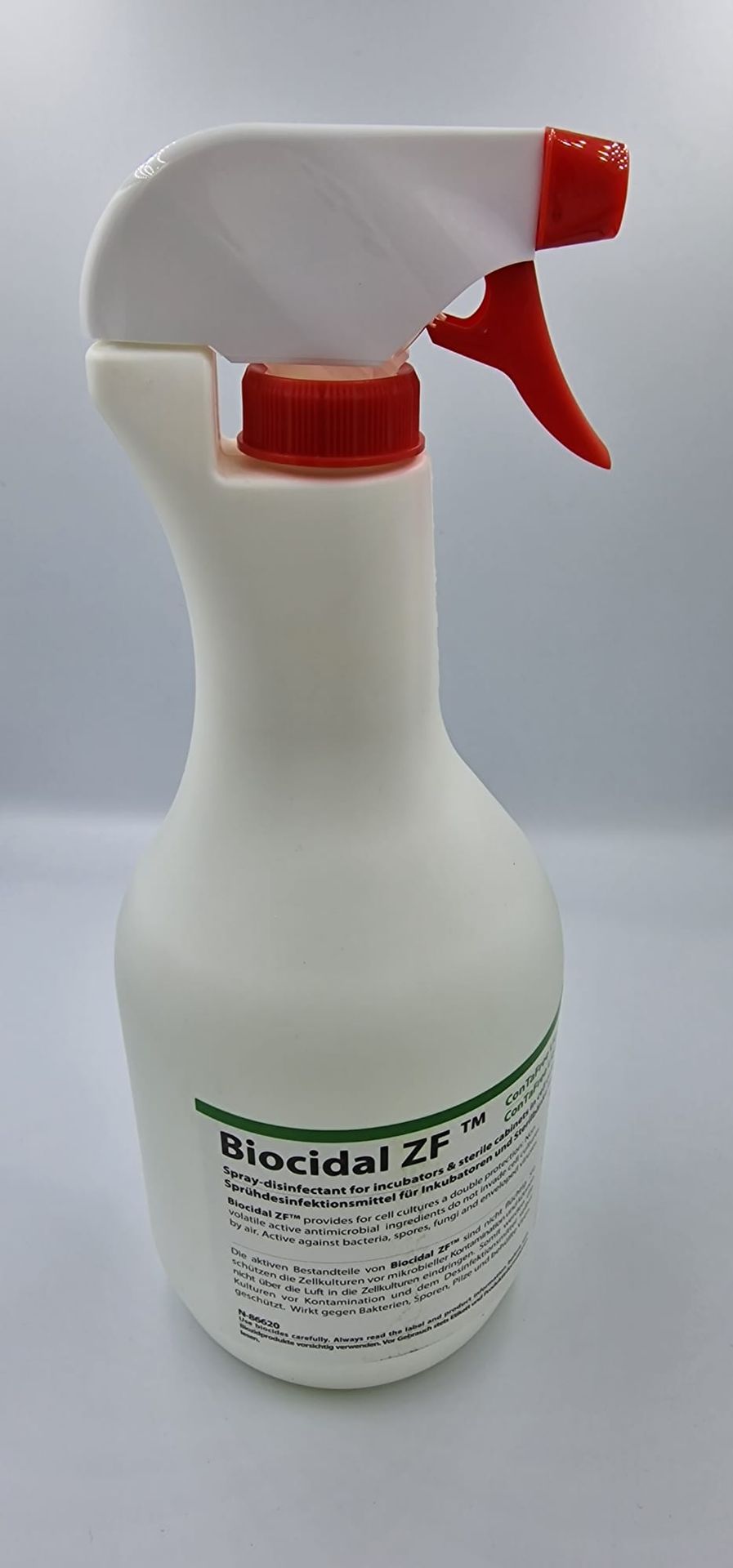
Atopix biotechnology company, developing novel treatments for Th2-mediated eosinophilic asthma.
Atopix is developing a novel class of oral anti-Th2 therapies, called CRTH2 antagonists.
Our lead candidate, timapiprant, is currently being studied in a Phase 2 proof-of-concept study to evaluate the effect of timapiprant in patients with severe asthma who have persistent airway eosinophilia, despite treatment with high doses of inhaled corticosteroids; and a Phase 2a study of the response of asthmatics treated with timapiprant to rhinovirus infection (common cold).
Atopix’s drug programmes target the CRTH2 receptor which plays a pivotal role in the initiation and maintenance of allergic conditions. The company has a pipeline of small molecule drugs, the most advanced of which, timapiprant, is being assessed in three proof-of-concept clinical trials.
Timapiprant has demonstrated efficacy in both asthma and allergic rhinoconjunctivitis. Over 800 patients have been dosed to date and the drug has demonstrated an excellent safety profile.
Atopix drug development programmes are managed by an experienced team with a track-record of progressing drug programmes.

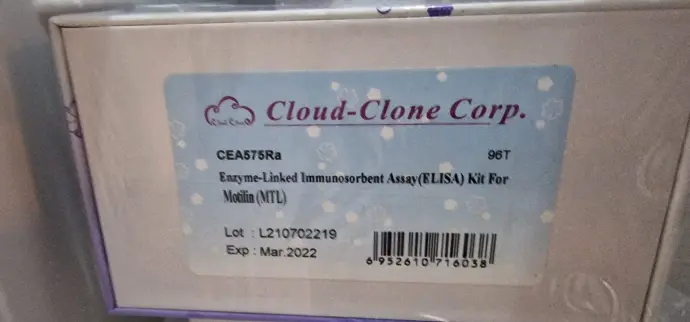
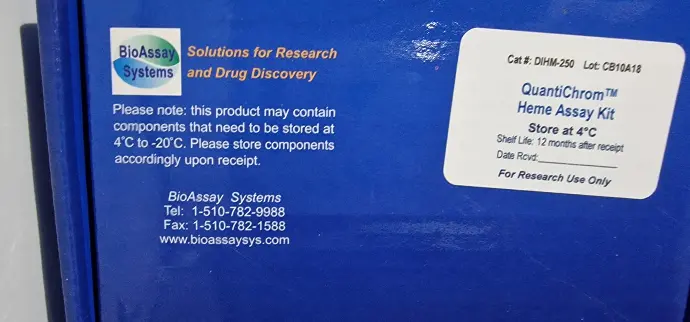
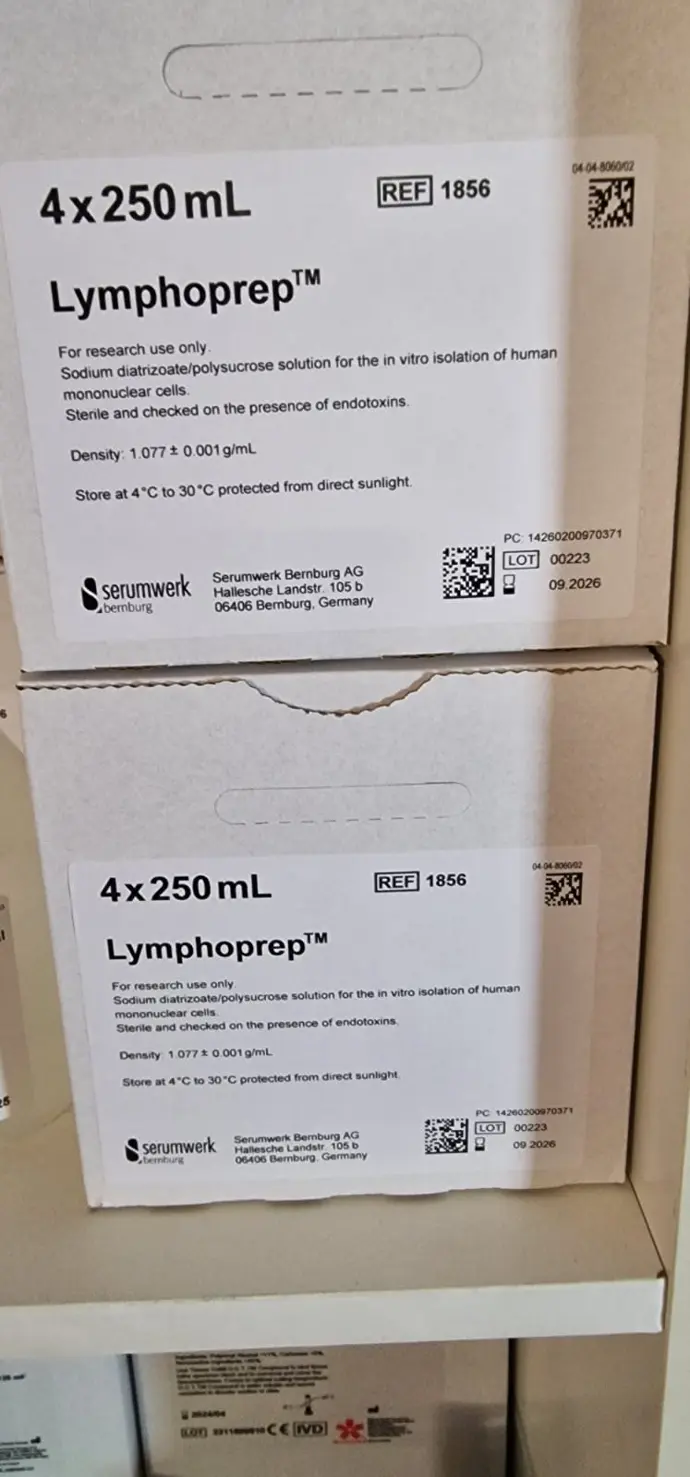
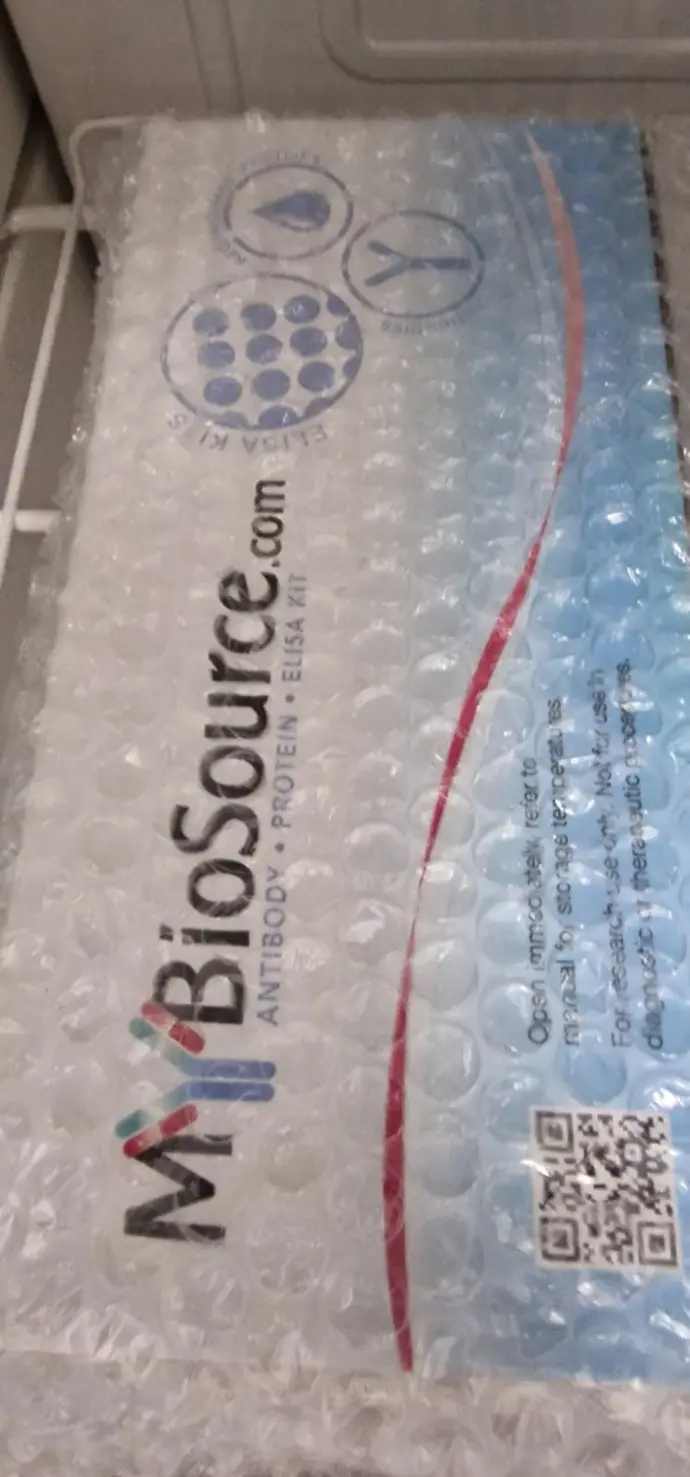
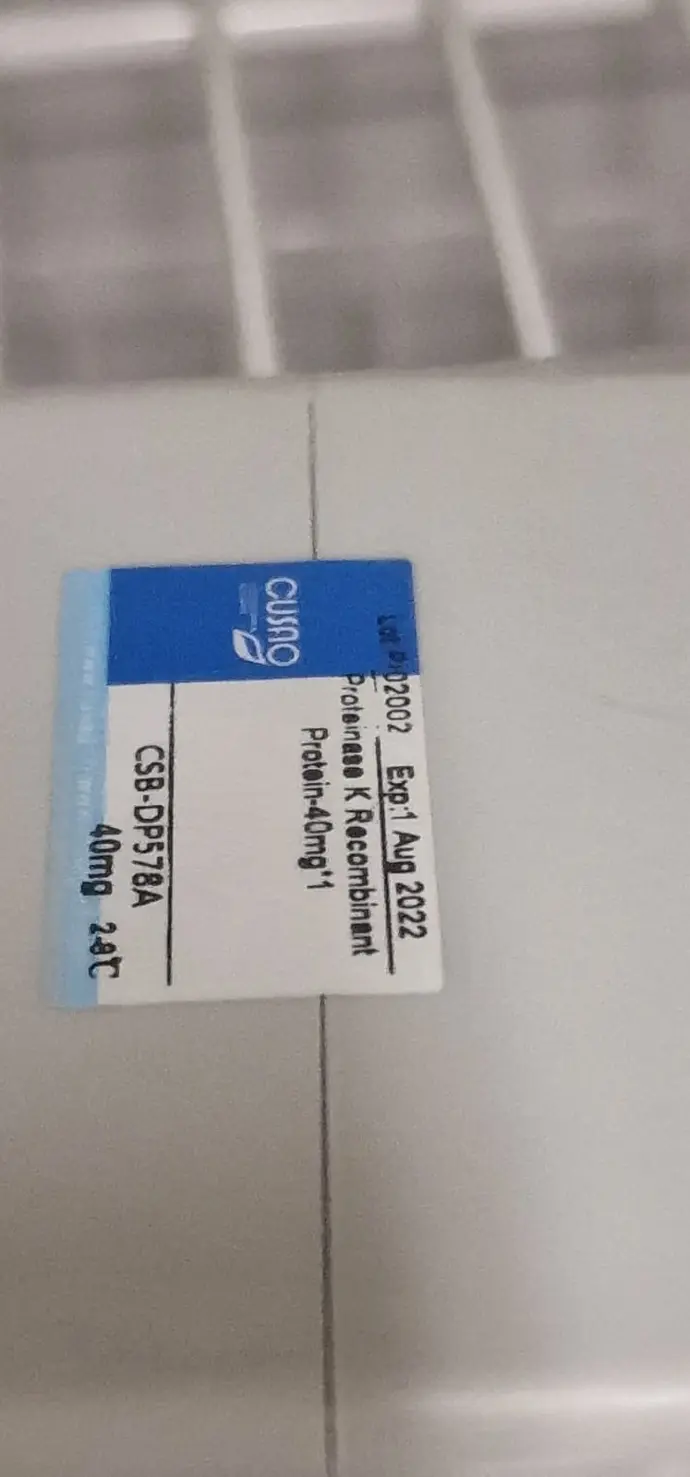
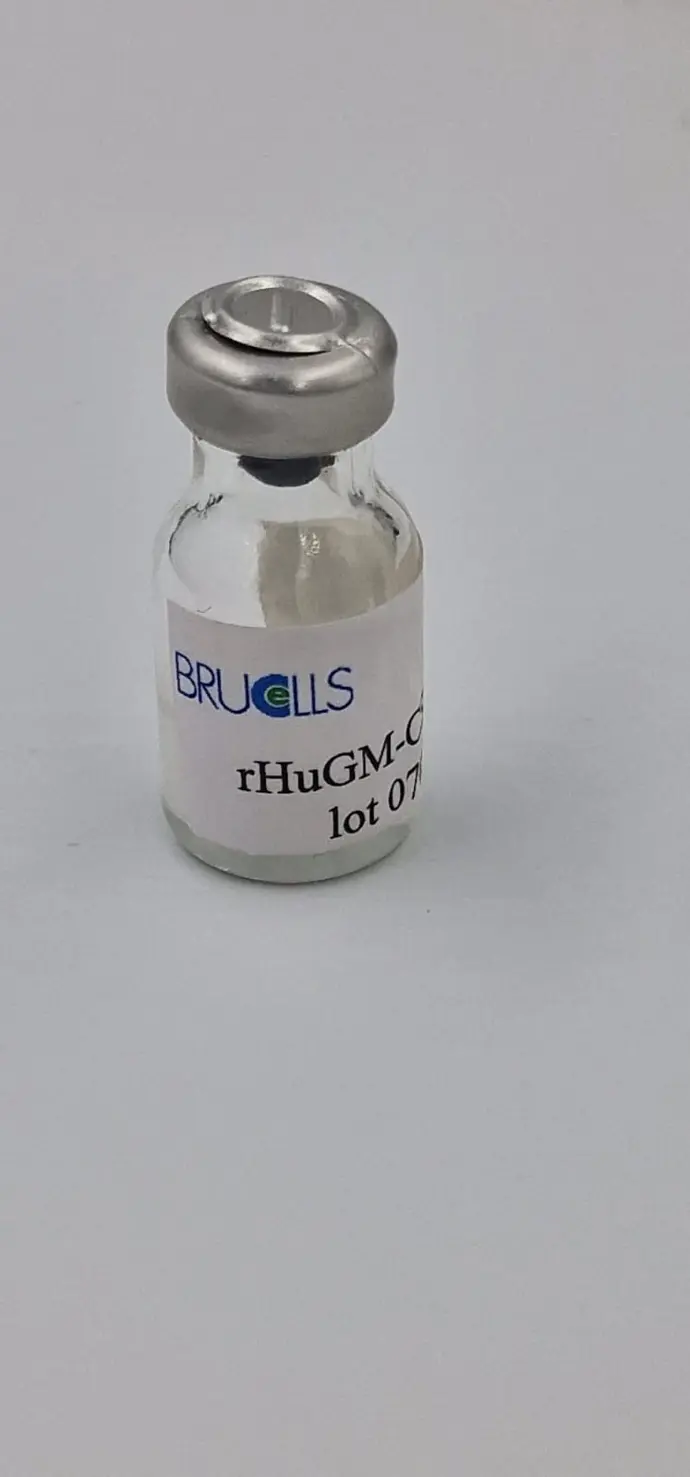

A solution for
every need
Atopix is focused on the development of Th2 mediated eosinophilic asthma research.
Allergic disease includes common conditions such as asthma and associated conditions such as allergic rhinitis.
Th2 lymphocytes and innate lymphoid cells (ILCs) both play a central role in the pathogenesis of eosinophilic disease. These cells respond to allergic and non-allergic stimuli by secreting key cytokines that have a proven role in asthma and related conditions.
Atopix is targeting an important receptor molecule known as CRTH2 present on the surface of Th2 lymphocytes, type 2 ILCs, eosinophils and basophils.
Blocking this receptor interferes with initiation and maintenance of Th2 responses and has been shown to reduce the symptoms of disease. Because this approach is exquisitely specific for the Th2 arm of the immune system, it can achieve this without the risk of widespread immunosuppression that is characteristic of systemic steroids or calcineurin inhibitors (cyclosporines).
Atopix has two lead products, timapiprant and ATX2417, both CRTH2 antagonists, supported by a pipeline of back-up candidates.
We care about results
CRTH2 Biology
The CRTH2 receptor and its role in allergy
CRTH2 is a G protein coupled receptor. It is of interest as a target for drugs that treat allergic disease for the following reasons:
- It is selectively expressed by the key effector cell types mediating allergic responses – Th2 lymphocytes, type 2 innate lymphoid cells (ILCs), basophils and eosinophils
- CRTH2 is specifically activated by prostaglandin D2, an abundant lipid product of activated mast cells.
- Mast cell dependent activation of Th2 lymphocytes, type 2 ILCs and eosinophils is blocked by CRTH2 antagonists
- The prostaglandin D2/CRTH2 pathway is known to be upregulated in severe eosinophilic asthma, and implicated in the pathogenesis of atopic dermatitis
.

Pricing to suit
all sizes of business
Professional
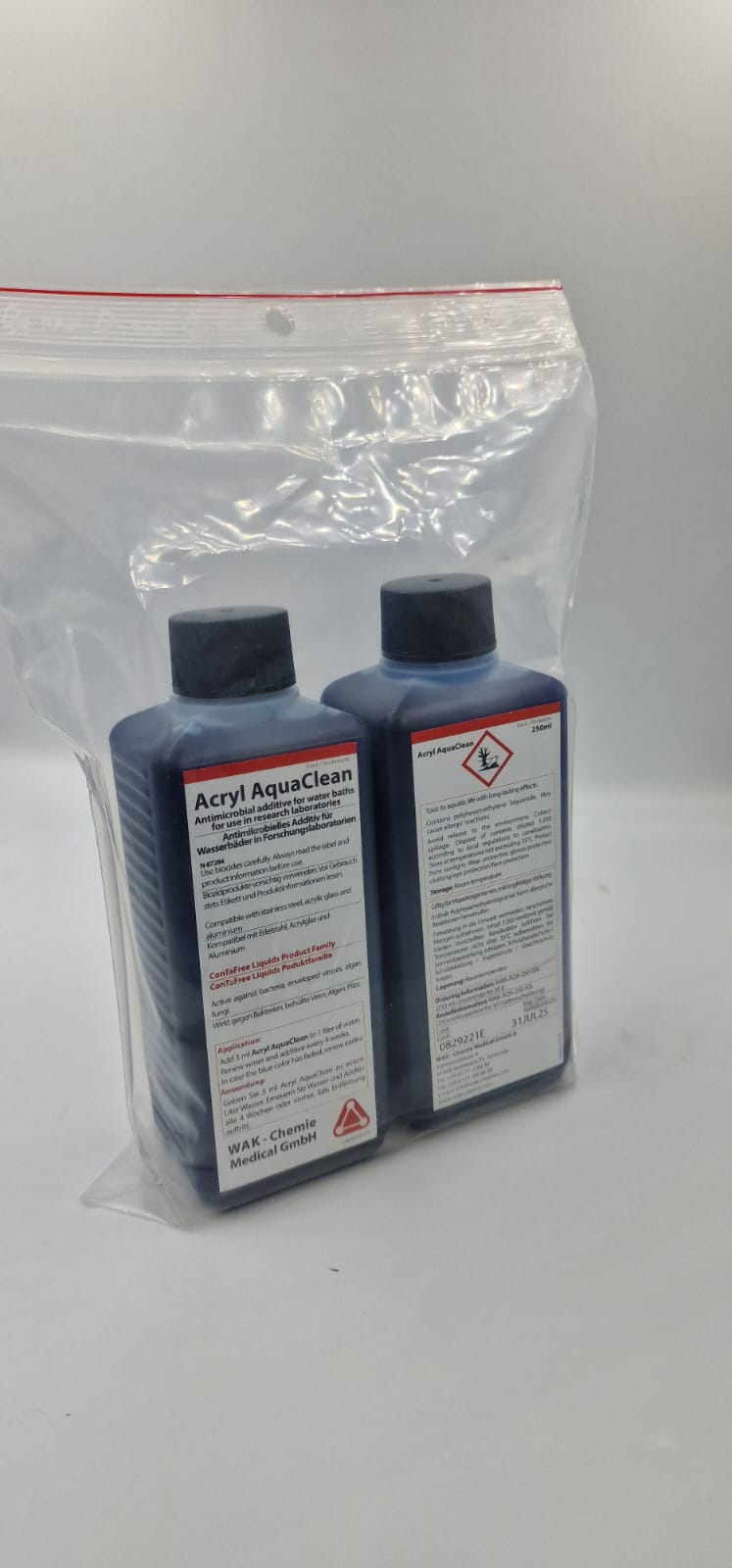
Expert
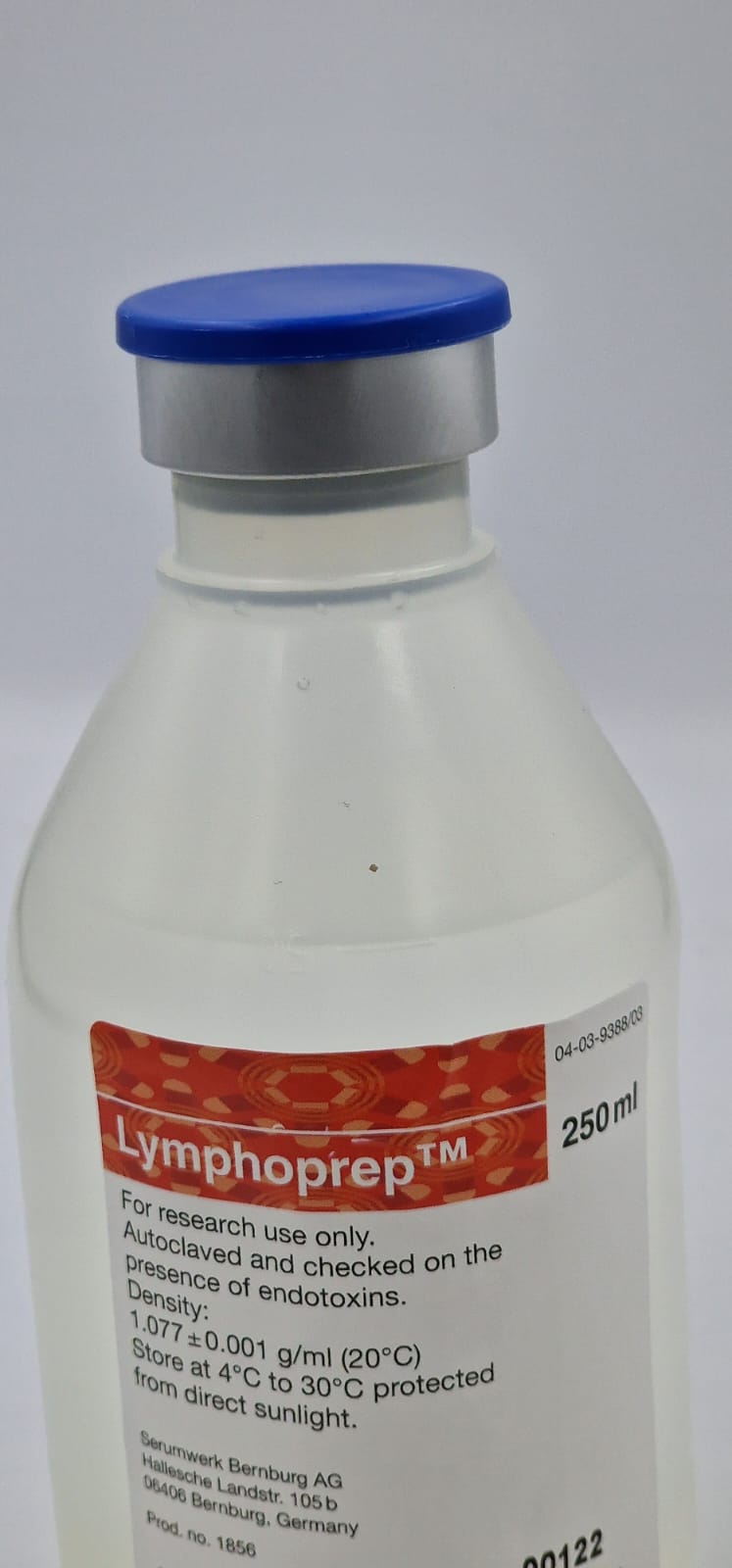
50,000+ clients trust us
to protect their assets
Contact us for a personalized meeting
